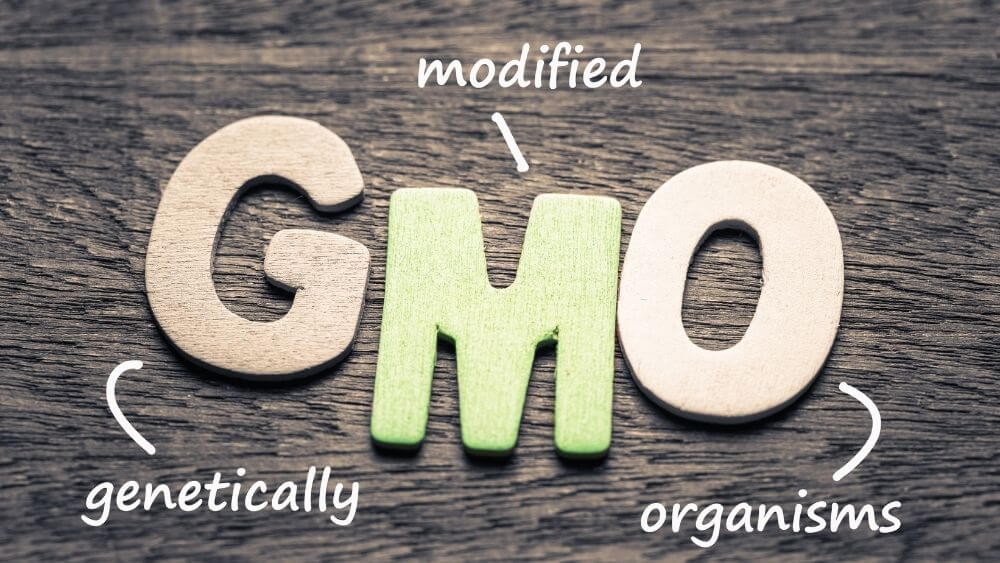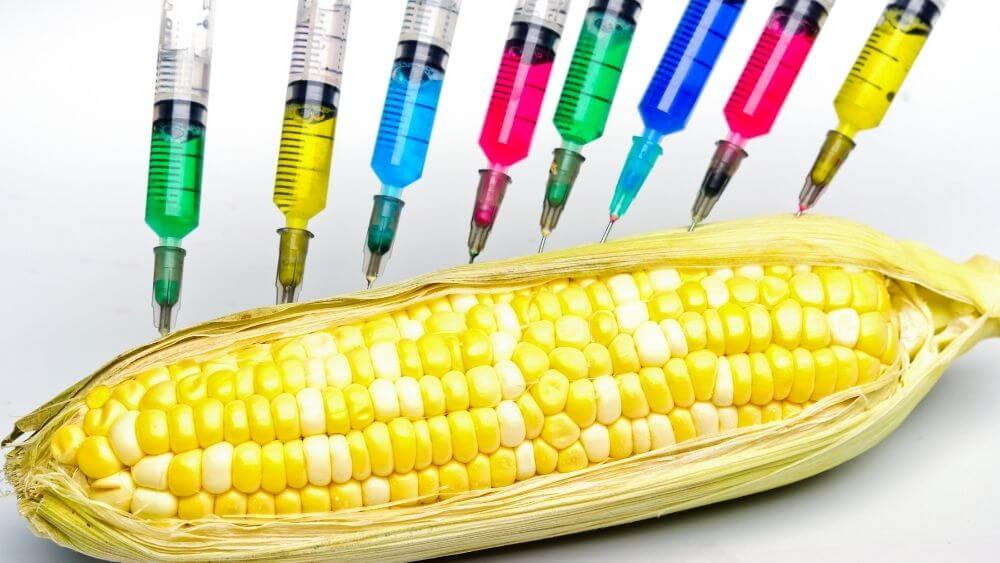GMO’s (Genetically Modified Organisms) are living organisms whose genetic material has been artificially altered through genetic engineering. A GMO, like any other organism, produces thousands of proteins out of which one or two are chosen specifically by humans.
Even though people do not trust the GMO, it is not known to be harmful for humans. Most of the vegetables in the US are GMO’s. 95% of sugar beets,88% of corn and 94% of soybeans have characteristics like insect resistance that were engineered into them. Soon, even animals will be GMO’s. Recently, the FDA reviewed a new kind Atlantic salmon engineered to have higher levels of growth hormones using the genes of Pacific salmon. They concluded that the engineered fish was safe for consumption.

Humans have been eating GMO’s for decades without any harmful effects.
Genetic engineering is a tool that an be used for good as well as for evil, so it must be studied, controlled and understood.
Importance of genetic engineering
The fruits of genetic engineering will help us face the challenges of the world like population growth and unstable climates. Some plants are genetically modified for human benefit. For example, around 500,000 children go blind every year due to vitamin A deficiency. So,a new strain of rice has been developed that contains enough vitamin A to tackle this problem.
Advances in genetic engineering
Transgenesis is the process where the genes of one species is extracted and infused with the genes of another species. In the 1920’s,scientists figured out that they can cause mutations in plants and hence creating more genetic diversity and more desirable traits by exposing the plants to X-rays, gamma-rays and various chemicals. This was known as mutation breeding. In 1983, scientists managed to extract a gene from an antibiotic resistant bacteria and infused it with a tobacco plant to produce antibiotic resistant tobacco plant. Hence, single gene transfer became possible.
GMO examples
The flavr savr tomato is a fruit genetically modified for longer shelf life.It was the first genetically modified crop for consumers.It did not last very long because people did not like its flavor or because they were suspicious of its genetic modification.
Foods like soyabeans, corns, sugar beets, Alfa Alfa and Canola are engineered to resist the herbicide Roundup. Roundup contains Glyphosphate that inhibits production of amino acids in plants thereby killing them.
So, scientists decided to produce crops that were resistant to glyphosphate so that the herbicide would affect only weeds. There are micro organisms that produce an enzyme resistant to glyphosphate.This enzyme was introduced to the plants .
Methods of introducing genes
- Gene guns -They blast DNA into plant cells.Tiny particles of gold are coated with hundreds of copies of a desired donor gene called a transgene. Cells that are to receive the gene are kept in vacuum .Gene covered gold particles are fired at the cells using high pressure gas.
- Using Agrobacterium- Agrobacteria have cells known as plasmids that can move out of the Agrobacteria.This plasmid is used as a carrier for transgenes to infuse plant cells with new genetic material.
After this, Backcross Breeding is done.The new transgenic plant is repeatedly crossed with breeding stock until you get a new transgenic crop.
Wrapping up…
We have been using genetically modified crops for decades and there is no indication that genetically modified food poses a threat to human health.



